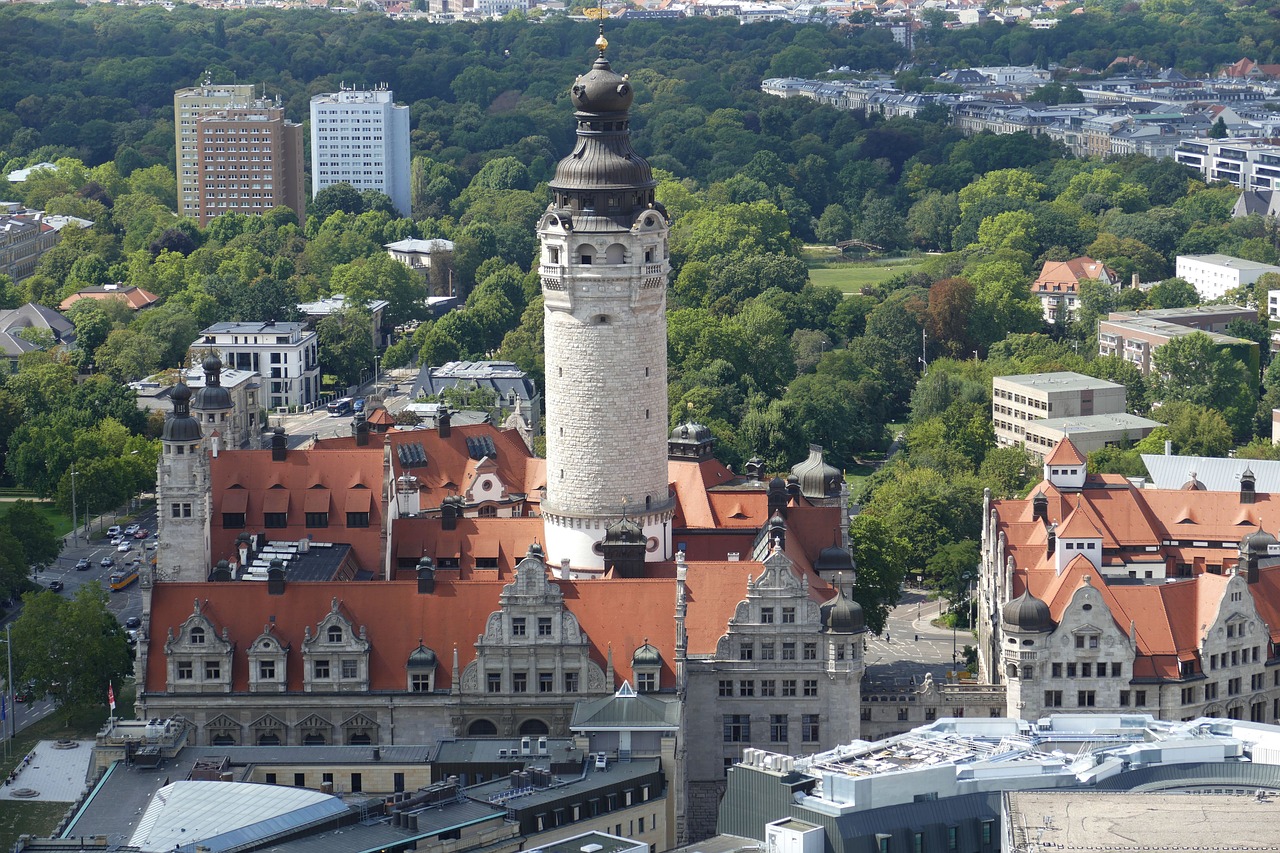Following a prolonged period marked by political chaos, civil strife, and the assassination of key leaders that led to the Roman Republic’s collapse, Ancient Rome entered a remarkable epoch of relative peace and prosperity known as the Pax Romana, translating to “Roman Peace” in Latin. Initiated by Augustus’ rise to the throne as the first emperor in 27 B.C., this era lasted for about two centuries, concluding with the death of Marcus Aurelius in 180 A.D. While this age is often viewed as one of tranquility, it was still characterized by significant violence—tyrannical leaders executed political adversaries, and revolts in provinces like Judea and Britain were ruthlessly suppressed. Furthermore, as the empire continued its expansion, the Caledonian chieftain Calgacus famously commented that the Romans “create a desolation and call it peace.” However, for many within the empire, the Pax Romana represented a peak in cultural expression, literature, and technological advancement. The empire expanded immensely during this time, with its territory extending from Great Britain to North Africa, enveloping approximately a quarter of the globe’s population according to various estimates.
Augustus’ Restoration of Power
In the wake of Julius Caesar’s assassination, Augustus was instrumental in revitalizing Rome’s political, military, and economic stature throughout his nearly five-decade-long autocratic rule. In order to align loyalty directly with Rome rather than individual generals, Augustus ensured that Roman legions received their pensions from the public treasury. He subsequently redirected military focus towards establishing borders that could be secured more readily.
As Edward J. Watts, a history professor at UC San Diego, notes, “Pax Romana didn’t just naturally occur. Augustus made deliberate decisions about where Rome should expand to and where it should stop.” Augustus took strategic military policies into account, spreading military presence according to long-term objectives.
He integrated newly acquired regions into the empire by decentralizing authority, permitting provinces that accepted Roman rule to retain their local customs and religions, provided they adhered to Roman law. Local governance structures often included “client kings” who managed regional affairs. Augustus’s political reforms also introduced a permanent civil service, shifting power from gentry to bureaucratic officials while implementing mechanisms to hold corrupt provincial governors accountable.
Economic Growth Under Stability
The political stability established by Augustus triggered a flourishing economy, characterized by increased lending and a surge in long-distance trade. The Roman navy played a crucial role in ensuring safe passage in the Mediterranean, which allowed for an influx of exotic goods from the Far East. Romans acquired luxurious items like silks and gems, while also finding new markets for their exports, including glassware and textiles, as far afield as India and China. The commitment of imperial resources to significant infrastructure projects, such as the construction of 50,000 miles of roads during Augustus’ reign, further connected provinces economically and logistically.
Innovations like aqueducts allowed cities to thrive, and extensive public works led by Emperor Trajan promoted additional trade opportunities. “There was clearly a belief among the emperors that it was their role to facilitate the economic growth of the empire, particularly in provinces where natural disasters or population growth might have necessitated additional resources,” Watts elaborates.
Flourishing Arts and Technology
Under Augustus, Roman literature experienced considerable growth as the emperor supported artists who depicted the empire favorably. The “Aeneid,” an epic poem by Virgil, reflects not just the mythology surrounding Rome’s foundation but also draws parallels to Augustus himself, offering an optimistic vision for the future of the empire. This period also saw the emergence of prominent poets like Horace and historians like Livy, who contributed significantly to Roman literary heritage.
During the Pax Romana, the spread of Roman culture was more than just superficial; provinces were integrated into the empire’s identity through cultural exchange. Traditional Roman hairstyles, clothing, literature, and theater influenced local customs, creating a coherent cultural landscape, especially among the educated elite. This cultural imperialism was particularly evident in the western sectors of the empire, which often lacked the advanced urban life observed in the east.
Roman emperors undertook extensive building projects that embodied Roman life, such as chariot racing venues, forums, amphitheaters, and public baths. The development of concrete and advanced engineering techniques enabled iconic structures like the Colosseum and the Pantheon, symbolizing the might of the Roman Empire and transforming the capital into an illustrious city. Augustus, in declaring, “I found a Rome of bricks; I leave to you one of marble,” illustrated the dramatic evolution of Rome’s infrastructure under his governance.
The conclusion of Pax Romana came with the death of Marcus Aurelius, who deviated from the norm by designating his son Commodus as his heir. The ensuing decadence and failure of Commodus resulted in his assassination in 192 A.D., igniting a civil conflict that ultimately marked the end of this extraordinary chapter in Roman history.



